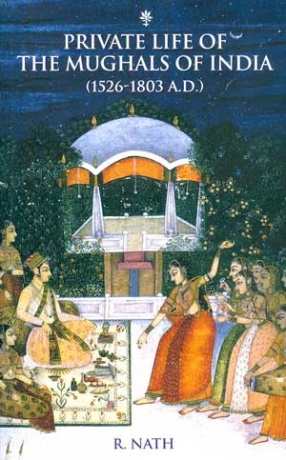Thousands of temple donors in medieval Andhra recorded the details of their charitable gifts on stone pillars, rock slabs, and temple walls. Using these records of what people actually did, Cynthia Talbot reconstructs the precolonial past as it existed in practice during the period when India’s distinctive regional societies were taking shape. Beginning with an examination of the historical processes that ushered in Andhra’s long period of inscriptions (C. AD 1000-1650), this book moves to an in-depth analysis of the society, temples, and polity in the Kakatiya era (C. AD 1175-1325). It concludes with a section on the later historical memories relating to the Kakatiyas. Talbot’s interpretation of medieval Andhra as a period of dynamic change, characterized by extensive social and physical mobility and a notable militaristic ethos, offers a significant alternative to the earlier depictions of the history and society of ‘traditional’ India. In serving as a corrective to the conventional models of the Indian past derived from brahmanical literature, modern ethnography, and colonial observation, this case study of a neglected period and region has important ramifications for our general understanding of the history of precolonial India. Precolonial India in Practice makes a useful contribution to the manner in which scholars need to re-envision medieval India as a complex kaleidoscope of diverse regions and cultures, where a multiplicity of historical processes, cultural practices, and powerful agents interacted with each other to produce a dynamic and expansionist world. It will thus be of relevance to historians, sociologists, and those interested in the realm of politics and religion, state formation, and community identity.
Precolonial India in Practice: Society, Region and Identity in Medieval Andhra
In stock
Free & Quick Delivery Worldwide
reviews
Bibliographic information
Title
Precolonial India in Practice: Society, Region and Identity in Medieval Andhra
Author
Edition
1st Ed.
Publisher
ISBN
0195654404
Length
viii+305p.
Subjects





There are no reviews yet.